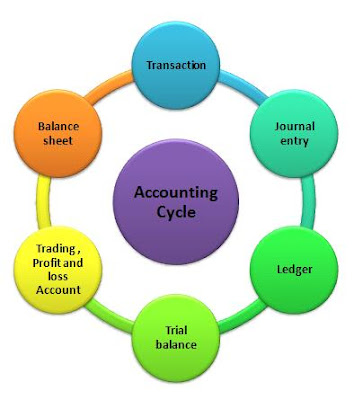tally
July 02, 2019
Charts of Account in Tally
Hi friend ,
we are provide all type of ledger list of Tally ERP and another account software . you can easily learn this ledger and Group name.
Please click on below button and see or download charts of account
if any problem to open or download this link please open in a new browser and take screenshot.
Chart of account in tally erp Chart of account in tally erp Chart of account in tally erp Chart of account in tally erp Chart of account in tally erp Chart of account in tally erp Chart of account in tally erp Chart of account in tally erp Chart of account in tally erp Chart of account in tally erp Chart of account in tally erp Chart of account in tally erp Chart of account in tally erp Chart of account in tally erp Chart of account in tally erp Chart of account in tally erp Chart of account in tally erp Chart of account in tally erp Chart of account in tally erp Chart of account in tally erp Chart of account in tally erp Chart of account in tally erp Chart of account in tally erp Chart of account in tally erp Chart of account in tally erp Chart of account in tally erp Chart of account in tally erp Chart of account in tally erp Chart of account in tally erp Chart of account in tally erp Chart of account in tally erp Chart of account in tally erp Chart of account in tally erp Chart of account in tally erp Chart of account in tally erp Chart of account in tally erp Chart of account in tally erp Chart of account in tally erp Chart of account in tally erp Chart of account in tally erp Chart of account in tally erp Chart of account in tally erp Chart of account in tally erp
Please share this link for more people.


















